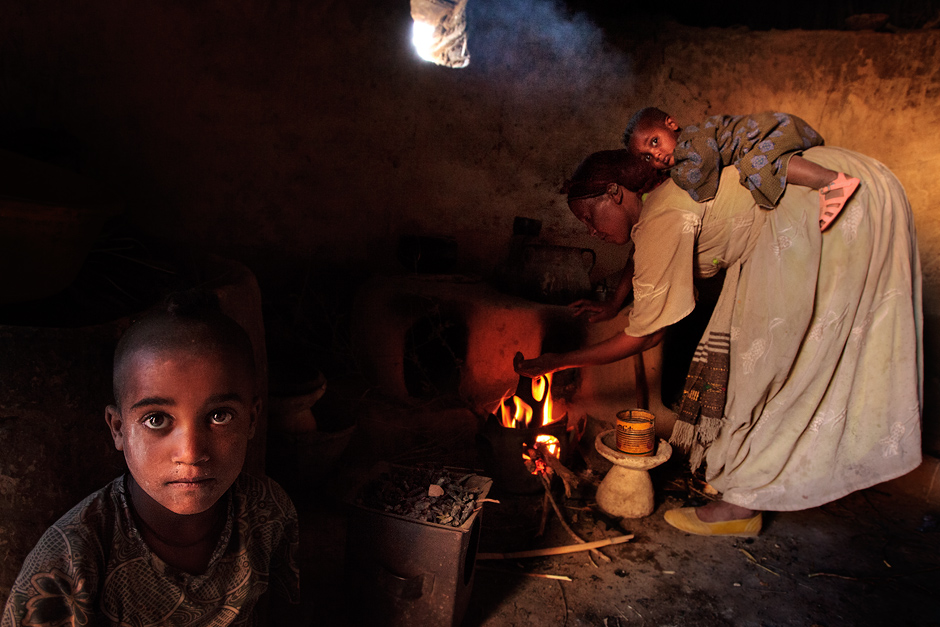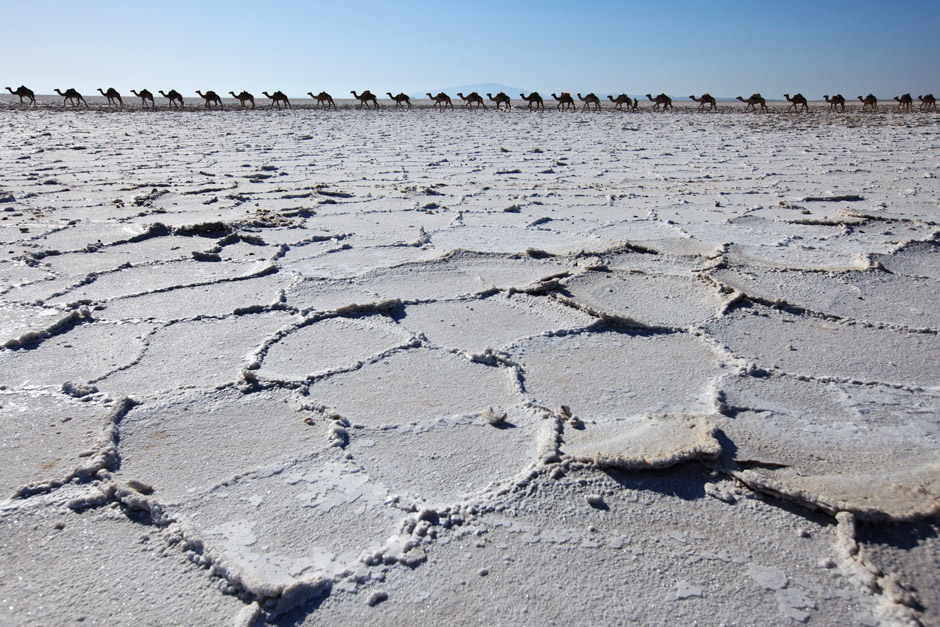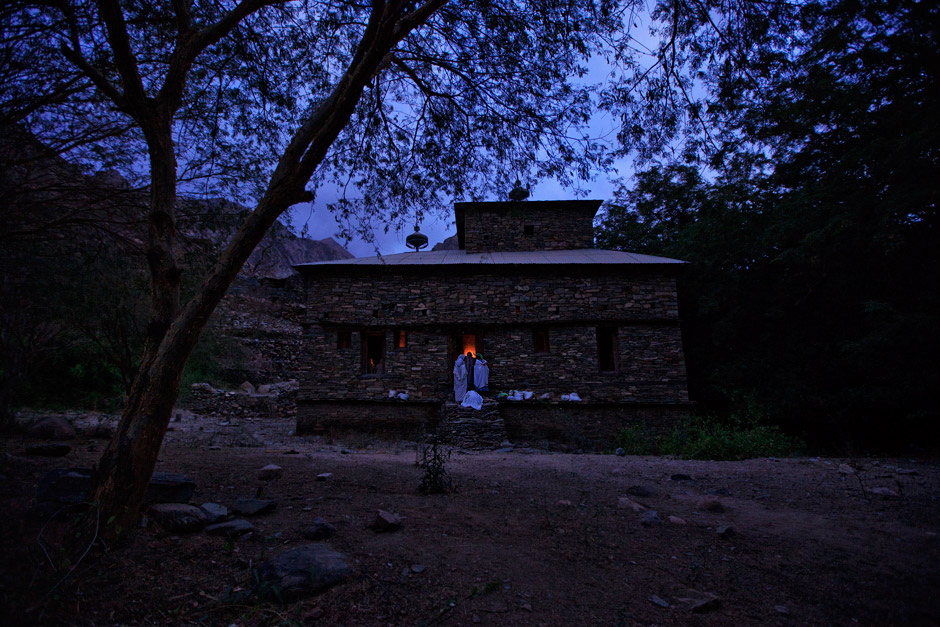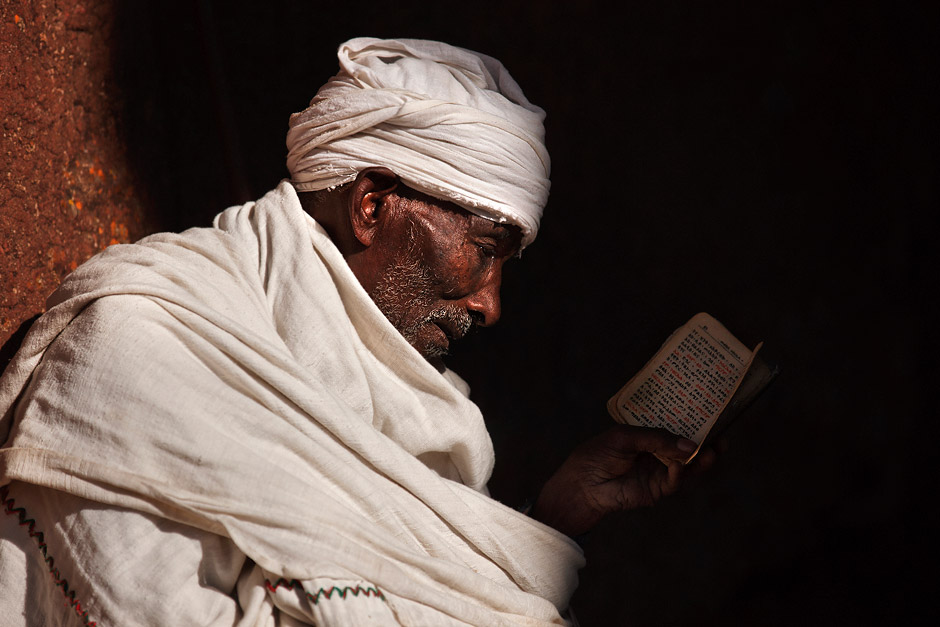 The fascinating cultures, the breathtaking landscapes, the ever present feeling that you are in a different time, a different dimension—this is what I absolutely love about Ethiopia. The constant feeling of being a human piggy-bank, the challenges of doing the simplest of things, the often occurring feeling that your new “friends” are measuring you up to see what they can extract from you—this is what I’ve come to hate beyond words about the country.
The fascinating cultures, the breathtaking landscapes, the ever present feeling that you are in a different time, a different dimension—this is what I absolutely love about Ethiopia. The constant feeling of being a human piggy-bank, the challenges of doing the simplest of things, the often occurring feeling that your new “friends” are measuring you up to see what they can extract from you—this is what I’ve come to hate beyond words about the country.
I’ve been in Ethiopia for a bit over four months now. I know that many of the readers of this blog are photographers and travelers, some of whom have aspirations to come here. For this reason, I feel that I should write an account of sorts. One that is fairly uncensored and touches on the good, the not so good and the plain ugly sides of this incredible and incredibly challenging country.
Ethiopia has a lot of potential, but, I am yet to meet a single independent traveler who says that they’ve fallen in love with it. Perhaps one of the more defining comments about independent travelers’ experience here comes from two Australians who have cycled through much of the country. “Never have we been treated as such pieces of sh-t as we have in Ethiopia.” This is what they wrote in an email to me after we parted and they left Ethiopia. Another traveler on two wheels, a brave solo female motorcyclist who rode through half of the world to get here was so frustrated and disappointed with Ethiopia that she breezed through much of it and left within a couple of weeks.
Anyway, the point is - everyone I’ve met who had to deal with the everyday realities of being a foreign traveler in Ethiopia hasn’t liked it. Most don’t want to ever return. Organized tours are a different matter. These usually shield you off from those harsh realities as much as possible. Participants of such tours may very well come home with the illusion that all is well and jolly in the “cradle of civilization.”
I could go on and on about the frustrations, but I’ll be more practical instead. Below is a quick report on the places I’ve visited. I’d like to end on a positive note, so I’ll get the places I didn’t enjoy out of the way first. The ones I did enjoy are towards the bottom of the post.
Gondar and its surroundings (totally freakin hated)
If there’s one place I never ever want to come back to it’s Gondar and most of the area that stretches as far as 120 km West of it. One of the major problems with Ethiopia is that many of the not-so-well-off locals ask for money as soon as they see a foreign face. The problem reaches a whole new level around Gondar, here people don’t ask for money, they demand it. When they spot a foreigner, a lot of the children and even adults just stretch out their hands saying “Money, money!” or “You, you, Bir, Bir!” I am sure I’ll have many horrifying flashbacks with this damn phrase. Thank you Gondar for the memories, if I ever want to play a very cruel joke on someone, I’ll recommend this town as a great holiday destination.
Geralta Area (loved the churches, hated virtually all interaction with the locals)
It baffles me how an area that has as much to offer as Geralta can be as annoying and as frustrating as it is. The rock-churches here are nothing short of amazing, but the residents almost everywhere we went made sure that whatever magical experiences we had were tarnished in one way or another, usually in multiple ways.
There were bad experiences - the greed and thirst for Bir of the priests at virtually every church we visited was incredible, but the lowest point came on the way to one of the more remote churches. Somehow, among the scam artists and the cheaters we found a wonderful young man named Kinfe. He came with us on a mini-adventure to that remote church. He was convinced that the people of the area were all lovely and couldn’t believe all the troubles we had. A couple of hours later, when we found ourselves walking to the church, accompanied by about thirty money-demanding children, who threatened to throw stones at us, if we wouldn’t meet their demands, Kinfe said “These are not people, they’re savages! I don’t feel secure, let’s leave!” What can I say - lovely.
The one saving grace of interaction with the locals in Geralta was an afternoon with Kinfe’s family. Lovely, lovely folks. That’s a photo from that afternoon above.
The entire road to Lalibela (disliked, considerably)
This is where our journey began and it quickly became apparent that traveling around Ethiopia would not be a walk in the park. Every rest stop along the road was accompanied by children and whoever was nearby, running at us asking for money, shoes, t-shirts or whatever else they could think of. The “highlight” of the journey was an instance when Tanya and I lied down to relax under some trees, only to have a bunch of kids nagging constantly over a period of twenty minutes, asking us to give them whatever we had.
The Simien Mountains and the town Debark (indifferent)
I can’t really say I liked or disliked the Simien Mountains. It was fascinating to see the Gelada baboons so up close and the scenery was nice (though it’s just as nice in other, easier to travel places). It was however frustrating that I couldn’t ride around the park without the mandatory scout (just a dude with a gun). This limited what I could do, since three people on a bike doesn’t leave much space for camping gear.
Even more frustrating was the national park management’s (almost the whole area is a national park) lack of care about my request to head out into the mountains and do some home-stays with local families. “The homes of the locals are not equipped with tourist facilities” this was their excuse for saying that I couldn’t do it. I’ve slept on goat skins, so that’s not an issue and of course had I been more set on getting out there, I would have found a way, but with all the obstacles and more places to see - why bother? It’s just a pity that from all the tourist money which changes hands in the Simien Mountains, the mountain residents see one big “Zero” as a result of the management’s approach.
Danakil depression (it was fascinating, but perhaps more frustrating than fascinating)
The main annoyances about the trip to Danakil were the ridiculous restrictions and regulations introduced by the local government, to make some money off foreign visitors. Mandatory armed guards (all of which had to be paid) and a local guide (almost entirely useless) meant that we could not ride our motorcycles here. We needed to hire a 4X4 car, which would fit everyone in. Not only was this expensive, but the driver of the car turned out to be the worst person I ever met in my life, no exaggerations.
We paid a lot of the money up front, believing he was nice. I guess we softened a little after spending a few days in the lovely town of Mekele. With this being his first trip to the Danakil, the driver didn’t know what to expect. After seeing the rough roads, he resisted taking us virtually anywhere we wanted to go. Not only that, the man would have left us in the middle of the salt desert, had it not been for the mandatory guards, whose only usefulness was the fact that they took away the driver’s keys and locked him out of his own car, while we walked around and took photos.
Most of the locals living in the villages we’d stayed at in Danakil were not exactly saints either, but in comparison to our driver, they did at least seem very human.
Harar and Dire Dawa (kinda liked, but not as much as I expected after all the praise)
Harar is a fascinating and incredibly photogenic town as are parts of Dire Dawa, but having been to cities in India that remind me of these two, I can’t say that I was blown away. A big reason for my lesser level of excitement is also the attitude of the locals (more so local women) towards being photographed. I understand that no one owes me anything and that no one has to be in my photos, if they don’t want to, but, that doesn’t mean that I can’t like the place less, when people go out of their way to ruin a shot where they are only a small component within a frame. A little tough to explain that concept, I guess. :)
Gunda Gunde and its surroundings (liked)
Although Adigrat, the gateway to Gunda Gunde lies along the main tourist route often called the “Historical Circuit,” but, Adigrat has for some reason been spared from all the crap that tourism usually brings. The people are decent and helpful - no cheating, no begging. The whole road to the jumping off point for the trek to the remote Gunda Gunde monastery is filled with children who simply wave and smile as you ride past them. Things are much the same during the hike, though some of the more cunning villagers did show signs of wanting to make a quick buck from the visitors. The monastery itself was not as fascinating as I had expected, but being among genuine, hospitable people more than made up for it.
The Omo Valley (liked)
For me the Omo Valley was surprisingly hassle-free. This, however, might be because I saw relatively little of it, or perhaps my expectations had completely hit rock bottom by the time I got there. Regardless, the Omo Valley is nothing short of amazing, especially when you’re riding through the African bush and seeing tribal folks along the roads (if you can call them roads) that belong in a Nat Geo documentary.
My time with the Hamer tribe was one of the highlights of the journey. Unfortunately it does seem like they have been indoctrinated with the idea that every click of the camera should result in money and despite paying for a home-stay, a few of my female photographic subjects did request Bir, when I hung around with the camera for extended periods of time. A funny, regular occurrence though was the fact that just after being somewhat pissed off about not getting paid for being photographed so many times, the women would completely switch moods bursting into laughter or inviting me in for food. See the post on the Hamer tribe HERE.
Lalibela (loved, but depends when you go there)
Lalibela is magical. It might be my favorite place in the world, as far as religious centers go. I was there during Ethiopian Orthodox Christmas. Having been surrounded by all those incredible churches and rural folk who looked the way I imagined people looked during biblical times - I felt like I was back in time. You can see the post on Lalibela HERE.
I stayed in Lalibela after the celebrations too and outside of those times it is a different town. There are more tourists than pilgrims, and money hungry, scheming locals are attracted to the tourists like, pardon the comparison, flies to you know what.
Abi Adi and West Tigray (liked a lot)
I first started to feel that things were changing in a positive way when we arrived in the town of Abi Adi. While looking for a hotel, we came across many children, not a single request for Bir, pens or whatever other crap. The folks at the churches still had their minds set on charging the standard “entrance fees” and hoping for a tip for doing some pretty small things, but, there was no real hassle.
Some of my favorite moments of the journey came in this area too. A visit to an elderly leather-worker’s house that felt like a trip to a real-life museum, as well as a crazy ride through some of the worst roads I’d ever been on, that one ended up in a climb to a monastery, up a vertical cliff face with the assistance of small footholds and a chain.
Enderta area in Tigray (absolutely loved it)
This is the only area where I got close to falling in love with Ethiopia, perhaps even did, for a while. :) I didn’t hear requests for money or anything else throughout my entire stay,which was close to a month, and this almost made me forget all the bullsh--t I encountered before. The people of Enderta are proud, genuinely hospitable and just lovely. They're some of my favorite people in the world. It didn’t hurt that they were incredibly photogenic too. :)
We stayed overnight in a few villages and visited quite a few more on day trips. No matter what happened before or after, Enderta will remain a place that is dear to my heart. You can check out my blog post from a few weeks back, if you’re interested to read and see more about the area.
Conclusion
That’s about it for my report. Writing it was somewhat cathartic. I’m sorry if I’ve sounded too negative at times, but this blog, besides being a resource for like-minded people is also a sort of a diary for myself. I want to remember my impressions of Ethiopia and the blog post will help.
I probably don’t have much more time in the country. My wife has already left for Belarus and I’m hanging around until I make a decision on where I go next. The big question that I have been asking myself and that others might want an answer to is “Will I ever come back to Ethiopia?”
There are still places that I really want to see and I feel like my trip to the amazing Omo Valley was unfinished. On the other hand, I feel like I need to be a bit of a masochist to go through all the crap again. At this stage I’ve honestly got no idea whatsoever if I would come back here on my own accord. Time will tell.









